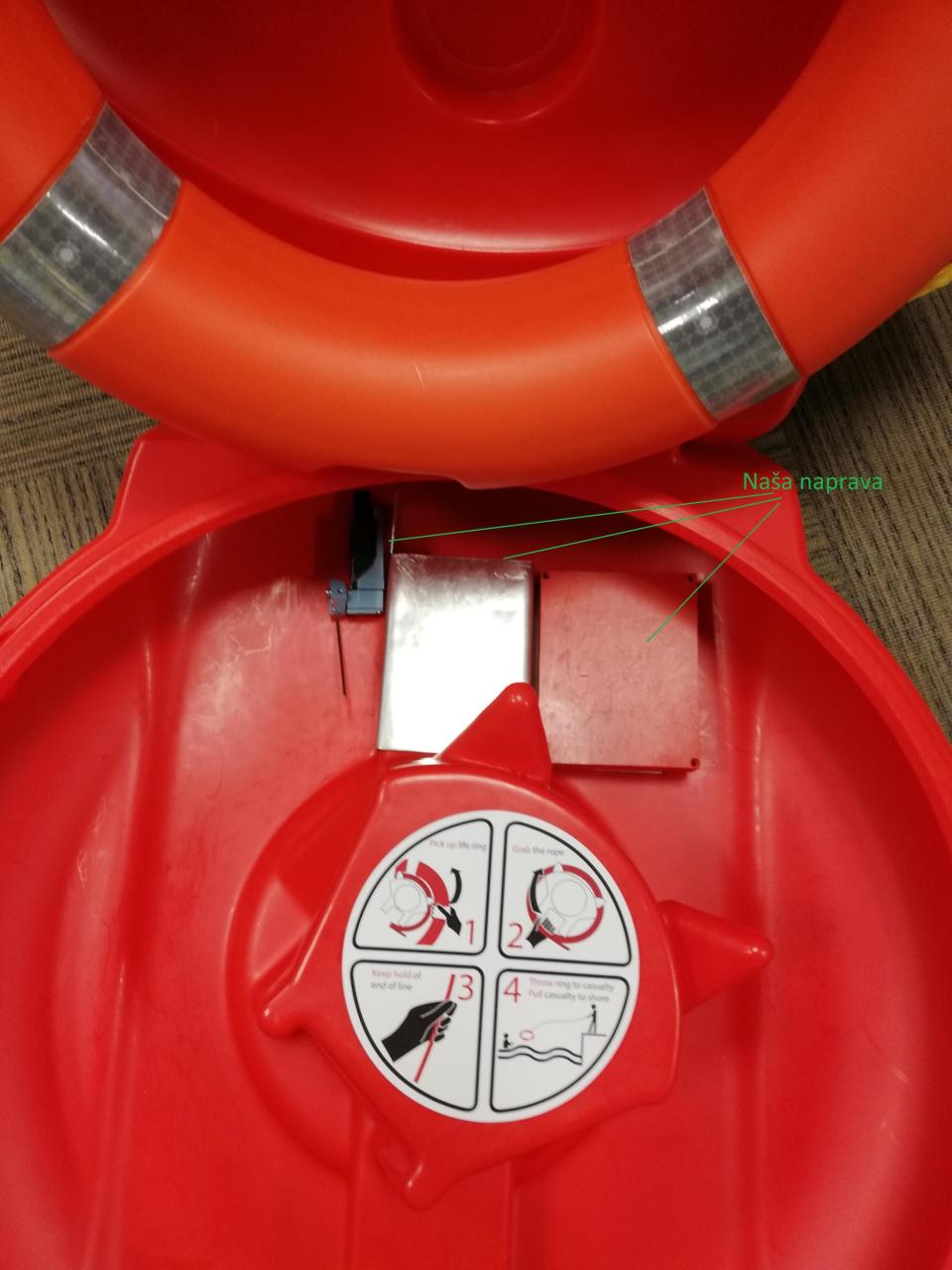River safety tech London: Designers use creative skills to come up with potential life-saver for Smart City Challenge
Designers from around the world have turned their skills to improving river safety in London.
And the winners of a Smart City competition in the capital have designed a “jumper detection system” that uses an optical scanner to identify when people fall from a bridge and into the River Thames, and track their precise location to assist emergency services.
Slovenia-based Instrumentation Technologies (I-Tech) created the ‘jumper detection system’ to help first responders in search and rescue that even operates in thick fog. Its advanced data processing likewise ensures that the lasers detect people rather than birds or falling objects.

The detection system works in tandem with small battery-powered devices to monitor lifebelts at the entrances to the River Thames and prevent misuse. If a lifebelt is removed, it will emit a high-pitched alarm, and if it is not placed back in its housing unit for eight seconds an emergency message will be sent via the Itron IoT network to notify emergency services.

This year’s inaugural Itron Smart City Challenge asked competitors from around the world to design an Internet of Things Solution to improve river safety in the City of London.
Other finalists included:
Cyient: A 3D geographic information system platform with data model geotagged to every device, including hydrophones, HD cameras and drones
Noesis: Which used acoustic sensors identify and localize entries into the water
TerraGo Technologies: Who created on-demand search lighting for authorised emergency personnel
UniqueID: Which connected lifebuoys to detect emergency or misuse, and blinking public lights to help the coastguard rapidly identify the exact emergency location
Giles Radford, highways manager at the Department of the Built Environment at the City of London Corporation, said: “The Itron Smart City Challenge gave us an incredible opportunity to seek a creative solution to meet our safety and public health priorities. With I-Tech’s solution, we will be able shorten response times in dangerous situations to improve safety for our citizens. We look forward to implementing this solution, which could be replicated in cities around the world.”
Itai Dadon, Director of Smart Cities and IoT at Itron added: “The inaugural Itron Smart City Challenge shows how we are applying technology for a purpose. While this solution was purpose-built to address specific needs defined by the City of London, river safety is a common concern for cities worldwide.”

 Yahoo News
Yahoo News 
